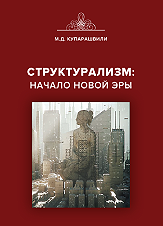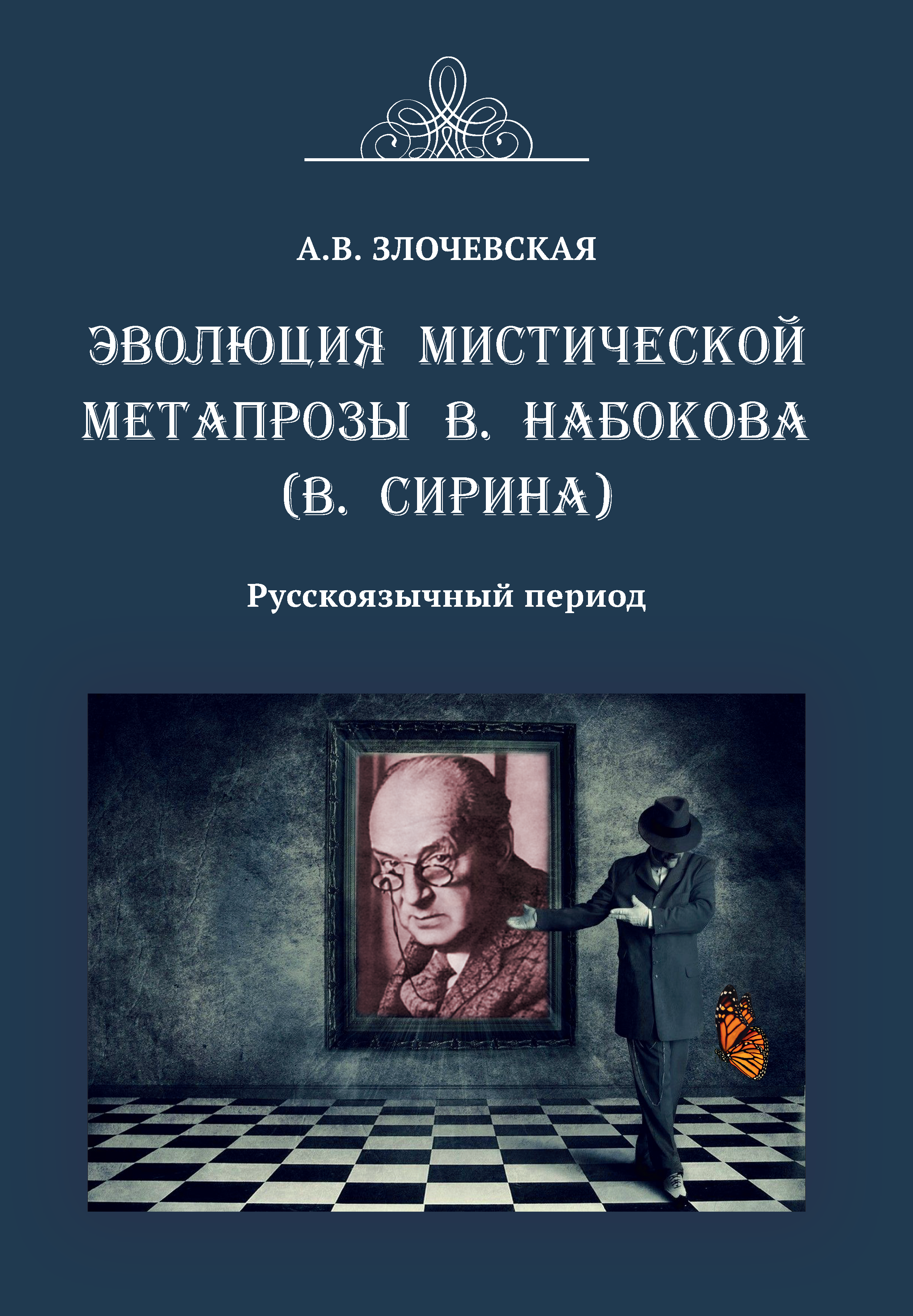Sanjar Sh. Saidov, DSc. (Politics), Uzbek State University of World Languages, Tashkent, https://orcid.org/0009-0000-9868-8189, e-mail: s.saidov.uz@gmail.com
The article scientifically analyzes modern trends in party building and the formation of the institution of political competition in Uzbekistan. Inter-party competition is one of the main democratic political institutions and performs a number of special socially significant functions: institutional regulation of the struggle for power, representation and concentration of public interests, selection of the political elite, etc. It is called upon to ensure stability and positive dynamics of the development of the political system, the circulation of political relations arising as a result of elections and the change of parties in power, and to strengthen the professional preparation of parties for their activities. At the same time, inter-party competition is an effective means of transferring contradictions and conflicts in society and politics to the institutional level. The scientific article analyzes not only these issues, but also such factors as the recently formed political association “Progressive Bloc” and opposition faction in Uzbekistan. From an analytical and critical point of view, their socio-political significance, role in the multi-party system are studied and scientific conclusions are made.
Keywords: Uzbekistan, political party, inter-party competition, political modernization, progressive bloc, opposition faction, democracy, political platform, transition society, ideological discourse
References
1. The opposition in parliament needs to be activated — the President of Uzbekistan. URL: https://www.gazeta.uz/ru/2024/11/18/opposition/
2. Newspaper “New Uzbekistan”. 2025, May 13. No. 41.
3. Giddens, E. Sociology. Moscow: Editorial URSS. 1999. P. 683.
4. Letters on the study and benefits of history. Moscow: Nauka, 1978.
5. Himtington Samuel. The Third Wave. Democratization in the Late Twentieth Century. University of Oklahoma Press: Norman and London. 1991. P. 110–113.


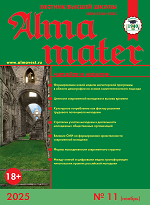
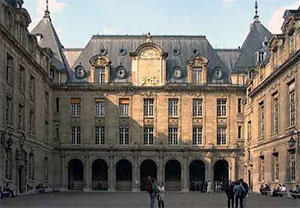
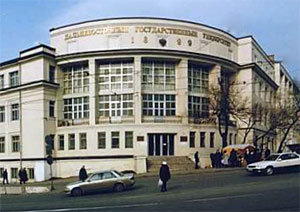
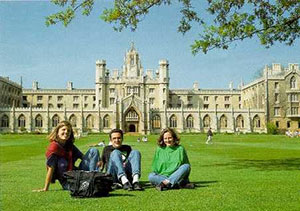
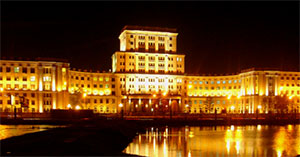
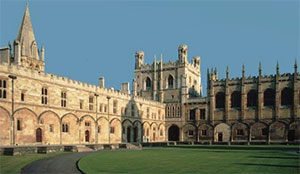
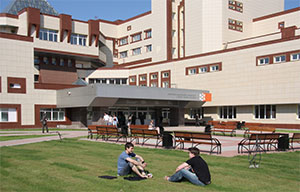



.png)
